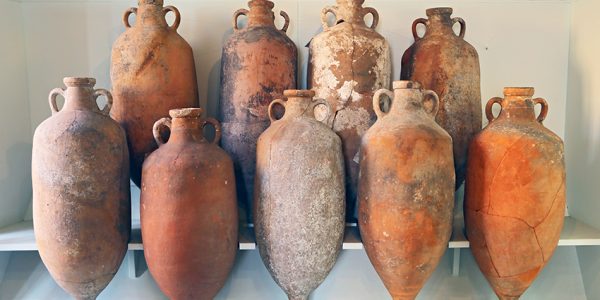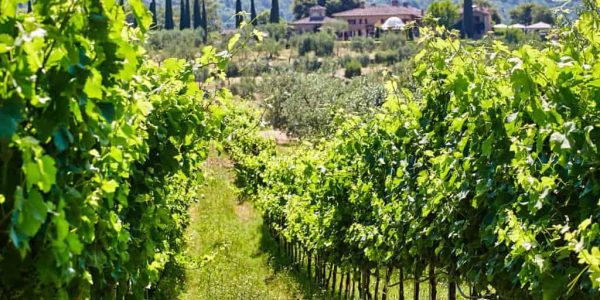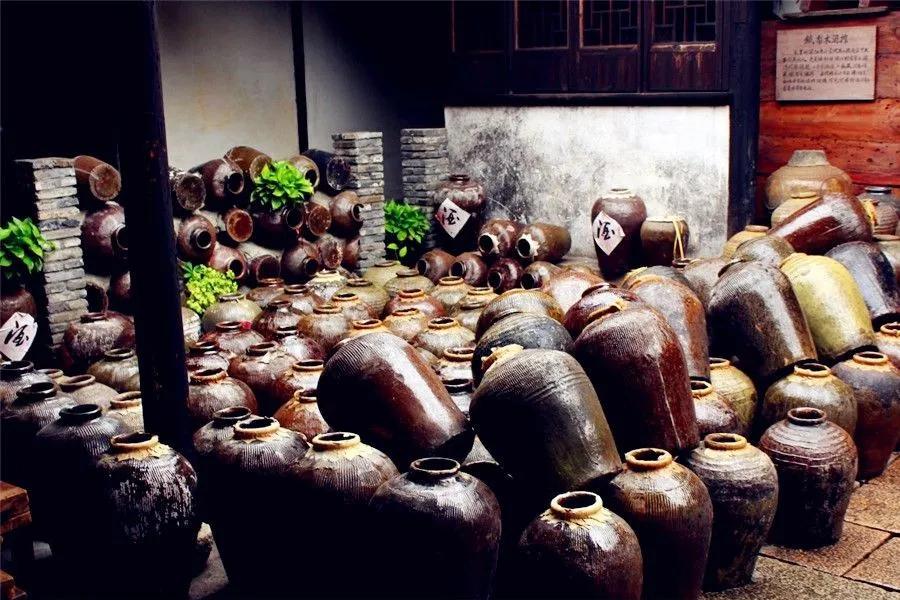Wine Enjoyment Guide
How to Store and Age Your Wine
The Origins of Wine Making
on your definition of "made from grapes"
Wine Information That You Can Utilize - The Wine Delight Guide
This wine please guide will help you with expanding your wine purchases whether it be from a winery or from your close by wine shop or fine market. Wine is to be truly centered around and upheld. This is your completed manual for valuing wine.
The Origins and History of Winemaking
Wine is a cocktail produced using grapes, and contingent upon your meaning of “produced using grapes” there are somewhere around two free creations of it. The most established known conceivable proof for the utilization of grapes as a component of a wine recipe with matured rice and honey comes from China, around quite a while back. After 2,000 years, the seeds of what turned into the European winemaking custom started in western Asia.


Archaeological Evidence
Archeological proof of winemaking is somewhat challenging to stop by in light of the fact that the presence of grape seeds, natural product skins, stems, and additionally follows at an archeological site doesn’t be guaranteed to suggest the creation of wine. The two principal strategies for recognizing winemaking acknowledged by researchers are the presence of trained stocks and proof of grape handling.
The fundamental transformation caused during the taming system of grapes was the appearance of androgynous blossoms, implying that trained types of grapes are fit for self-fertilization. Subsequently, vintners can pick qualities they like and, as long as the plants are kept on a similar slope, they need not stress over cross-fertilization changing the following year’s grapes.
The disclosure of parts of the plant outside its local area is likewise acknowledged proof of training. The wild precursor of the European wild grape (Vitis vinifera sylvestris) is local to western Eurasia between the Mediterranean and Caspian Seas; subsequently, the presence of V. vinifera beyond its generally expected range is additionally viewed as proof of training.




Chinese Wines
The genuine story of wine from grapes starts in China. Deposits on stoneware shards radiocarbon dated to around 7000-6600 BCE from the Chinese early Neolithic site of Jiahu have been perceived as coming from a matured refreshment made of a combination of rice, honey, and organic product.
The presence of organic product was distinguished by the tartaric corrosive/tartrate remainders at the lower part of a container. (These are recognizable to any individual who beverages wine from plugged bottles today.) Researchers couldn’t limit the types of the tartrate between grape, hawthorn, longyan, or cornelian cherry, or a blend of at least two of those fixings. Grape seeds and hawthorn seeds have both been found at Jiahu. Literary proof for the utilization of grapes — albeit not explicitly grape wine — date to the Zhou Dynasty around 1046-221 BCE.
In the event that grapes were utilized in wine recipes, they were from wild grape animal varieties local to China, not imported from western Asia. There are somewhere in the range of 40 and 50 distinct wild grape species in China. The European grape was brought into China in the second century BCE, alongside other Silk Road imports.


Western Asia Wines
The earliest firm proof for winemaking to date in western Asia is from the Neolithic time frame site called Hajji Firuz, Iran (dated to 5400-5000 BCE), where a store of silt saved at the lower part of an amphora was shown to be a blend of tannin and tartrate precious stones. The site stores included five additional containers like the one with the tannin/tartrate residue, each with a limit of around nine liters of fluid.
Locales beyond the ordinary reach for grapes with early proof of grapes and grape handling in western Asia incorporate Lake Zeriber, Iran, where grape dust was found in a dirt center not long before around 4300 cal BCE. Scorched organic product skin parts were found at Kurban Höyük in southeastern Turkey by the late 6th through the early fifth centuries BCE.
Wine importation from western Asia has been distinguished in the earliest long stretches of dynastic Egypt. A burial chamber having a place with the Scorpion King (dated around 3150 BCE) contained 700 containers accepted to have been made and loaded up with wine in the Levant and sent to Egypt.
European Wine making
In Europe, wild grape (Vitis vinifera) pips have been tracked down in genuinely antiquated settings, like Franchthi Cave, Greece (a long time back), and Balma de l’Abeurador, France (around a long time back). However, the proof for trained grapes is later than that of East Asia, albeit like that of the western Asia grapes.
Unearthings at a site in Greece called Dikili Tash have uncovered grape pips and void skins, direct-dated to between 4400-4000 BCE, the earliest guide to date in the Aegean. A dirt cup containing both grape juice and grape pressings is remembered to address proof for maturation at Dikili Tash. Grapevines and wood have likewise been tracked down there.
A wine creation establishment dated to around 4000 BCE has been recognized at the site of Arena-1 cavern complex in Armenia, comprising a stage for pulverizing grapes, a strategy for moving the squashed fluid into stockpiling containers, and, possibly, proof of the maturation of red wine.
By the Roman period, and logical spread by Roman extension, viticulture came to the greater part of the Mediterranean region and western Europe, and wine turned into a profoundly esteemed monetary and social item. Toward the finish of the primary century BCE, it had turned into a significant speculative and business item.
21st-Century Wine Technology
Perhaps of the most fascinating development with regards to 21st Century winemaking is a cycle called miniature oxygenation (referred to in the exchange as “mox”) that diminishes a portion of the dangers related to maturing red wine by customary techniques in which red wines are cellared in plug fixed bottles.
Minuscule pores in the stopper let in sufficient oxygen to pervade the wine as it ages. The cycle “mellows” the regular tannins, allowing the wine’s extraordinary flavor to profile grow, generally over extensive stretches of time. Mox impersonates regular maturing just barely of oxygen to wine as it’s being made. By and large, the subsequent wines are smoother, more steady in variety, and have friendlier and terrible notes.
DNA sequencing, one more late pattern, has empowered analysts to follow the spread of S. cerevisiae in business wines for the beyond 50 years, analyzing different geological locales, and as per specialists, giving the likelihood to further developed wines from here on out.

